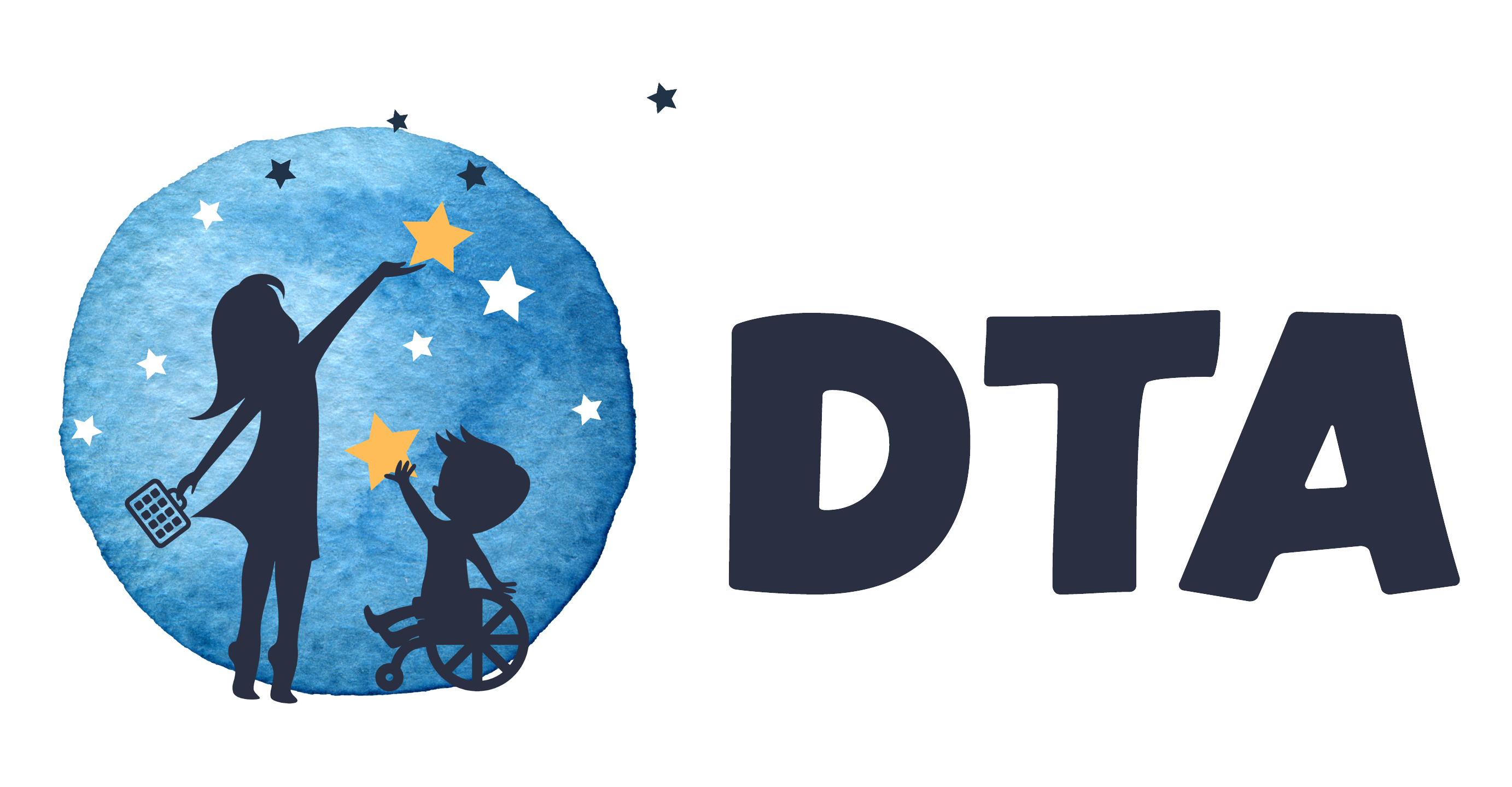AAC core words are a set of frequently used and versatile words that form the foundation of communication for individuals with complex communication needs. These words are essential because they can be combined to create a wide range of messages, making communication more efficient and effective for people who have difficulty speaking or have limited verbal abilities.
AAC core words typically include high-frequency words such as pronouns (e.g., I, you, me, it), verbs (e.g., go, want, eat, play), prepositions (e.g., in, on, under, behind), adjectives (e.g., big, small, happy, sad), and other commonly used words like yes, no, more, stop, etc.
The primary reasons for teaching AAC core words are:
1. Increased Communication Efficiency:
Core words are versatile and can be used in various contexts, enabling individuals to express a wide range of messages with a relatively small vocabulary. By learning and using these core words, communication becomes faster and more efficient.
2. Vocabulary Development:
Core words serve as a foundation for expanding vocabulary. Once individuals master the core words, they can build upon that knowledge and add more specific or specialized vocabulary to communicate about their interests and needs more effectively.
3. Spontaneous Communication:
Core words encourage spontaneous communication. Since these words are highly relevant to daily interactions, individuals are more likely to use them in real-life situations without relying solely on scripted or prompted language.
4. Social Inclusion:
Effective communication is crucial for social interaction and inclusion. By using core words, individuals can participate in conversations, engage with peers, and form meaningful relationships.
5. Educational and Vocational Opportunities:
AAC core words are essential for learning in educational settings and can significantly impact a person's academic progress. Moreover, having the ability to communicate efficiently opens up vocational opportunities and the possibility of gaining meaningful employment.
6. Language Generalization:
Learning core words can facilitate the generalization of language skills. Once individuals understand the concept of using core words to communicate, they can apply this understanding to learn and use other vocabulary and sentence structures more effectively.
7. Supporting Language Growth:
For individuals with complex communication needs, focusing on core words ensures that they have access to a functional vocabulary that can grow and adapt as their communication skills progress.
How to use the Core Words & Messages Slide Decks
You'll find a training slide deck for each of 4 categories of high frequency social messages that we recommend you begin with. These are simplified slide decks to help you introduce basic social interactions for sharing a quick message, greeting someone, expressing your feelings or your basic needs.
Once you and your students have the hang of it, move on to select a commonly used core word to target. These slide decks are designed to help both the instructors and the students. You'll find directions for how to say the word through sign language, using a high tech AAC device or on a simple core board. Then you'll find video examples of the core word in use (video, books and songs). Mixed throughout the slide show are challenges for the ADULTS- to help you practice techniques to encourage your student to use their new word in daily routine activities. FUN FOR EVERYONE!
Each slide show lesson is designed to give you opportunities to practice, discuss and hone your skills throughout 1-2 weeks. You will find a quiz to complete for each training set. When you confirm your participation in each of the required elements, you will receive a certificate to document your efforts!













